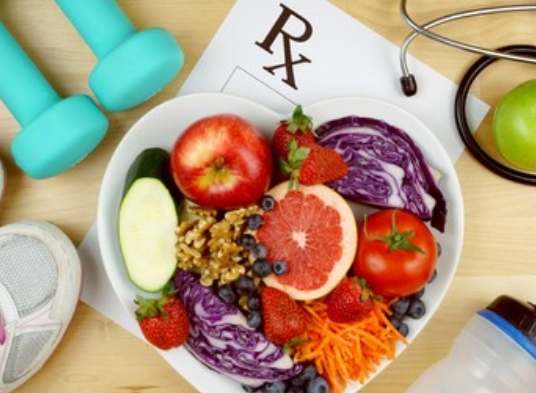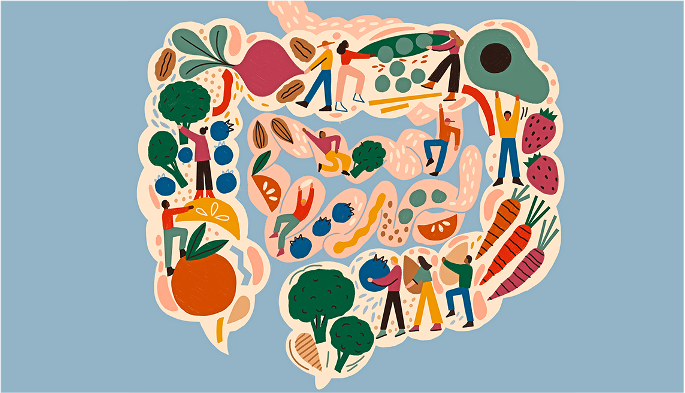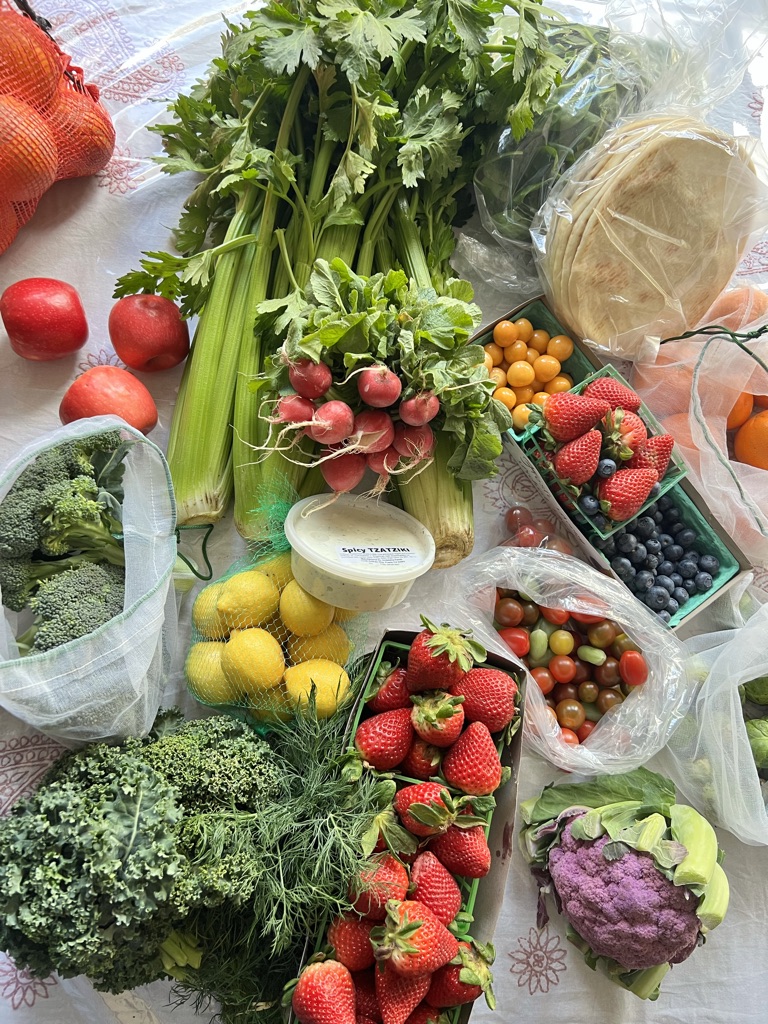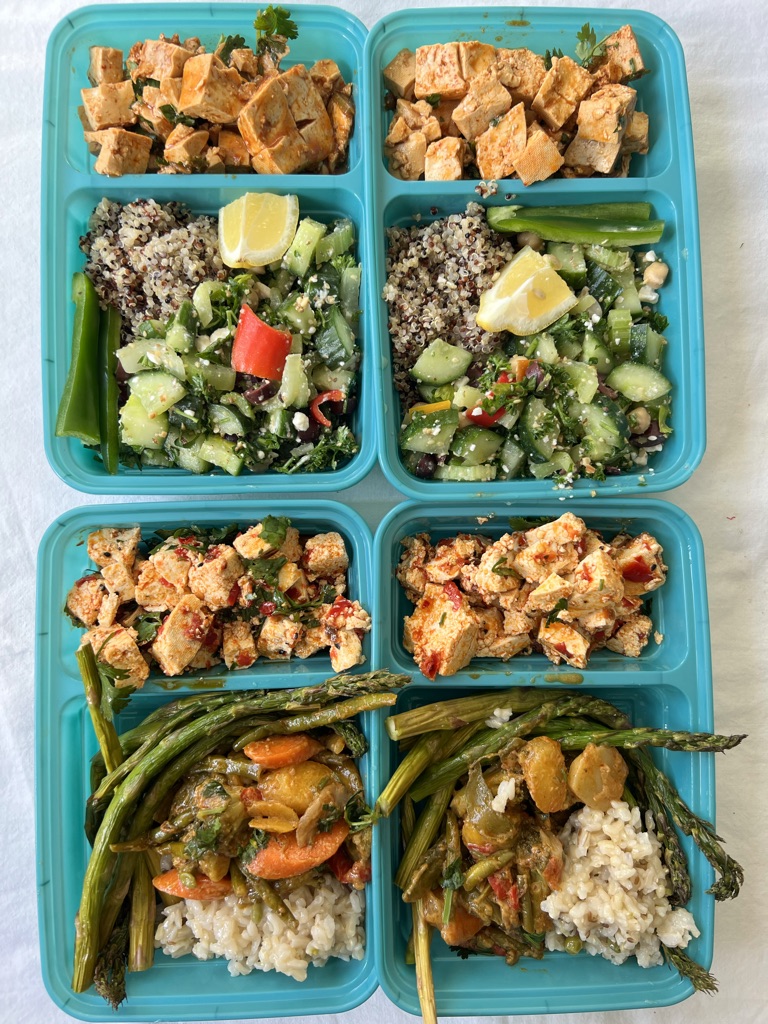A plant-based diet is a diet that focuses on eating whole, unprocessed plant foods. This includes fruits, vegetables, whole grains, legumes, nuts, and seeds. Plant-based diets are often associated with weight loss, improved heart health, and a lower risk of chronic diseases.
There are many benefits of following a plant-based diet for gut health. The gut microbiome is the collection of bacteria that live in your gut. These bacteria play an important role in digestion, immunity, and overall health. A plant-based diet can help to promote a healthy gut microbiome by providing the bacteria with the nutrients they need to thrive.
The Gut Microbiome
What is the gut microbiome?
- The gut microbiome is the collection of bacteria that live in your gut. These bacteria play an important role in digestion, immunity, and overall health. There are trillions of bacteria in the gut, and they make up a complex ecosystem that is unique to each individual.
- The gut microbiome is influenced by a number of factors, including diet, lifestyle, and medications. A healthy gut microbiome is associated with a number of health benefits, including improved digestion, stronger immunity, and a lower risk of chronic diseases.
- There are two main types of bacteria in the gut: good bacteria and bad bacteria. The good bacteria help to keep the gut healthy by breaking down food, producing vitamins, and fighting off harmful bacteria. The bad bacteria can contribute to health problems, such as diarrhea, constipation, and inflammation.How does the gut microbiome affect health?
The gut microbiome can affect health in a number of ways:
- Digestion: The gut microbiome helps to break down food and absorb nutrients. A healthy gut microbiome can help to improve digestion and prevent constipation.
- Immunity: The gut microbiome plays an important role in the immune system. A healthy gut microbiome can help to keep the immune system strong and fight off infection.
- Mental health: The gut microbiome may also play a role in mental health. Some studies have shown that people with certain mental health conditions, such as depression and anxiety, may have different gut microbiomes than people who do not have these conditions.
- Chronic diseases: The gut microbiome may also play a role in the development of chronic diseases, such as obesity, heart disease, and type 2 diabetes. Some studies have shown that people with these conditions may have different gut microbiomes than people who do not have these conditions.
How can a plant-based diet support gut health?
A plant-based diet is a diet that focuses on eating whole, unprocessed plant foods. This includes fruits, vegetables, whole grains, legumes, nuts, and seeds. Plant-based diets are often associated with weight loss, improved heart health, and a lower risk of chronic diseases.
There are many reasons why a plant-based diet can support gut health. Here are some of the most important benefits:
- High in fiber: Plant foods are high in fiber, which is a prebiotic that feeds the good bacteria in the gut. Prebiotics help to keep the gut healthy by promoting the growth of good bacteria and reducing the growth of bad bacteria.
- Probiotics: Many plant-based foods, such as yogurt, kefir, and sauerkraut, contain probiotics, which are live bacteria that are beneficial for gut health. Probiotics help to keep the gut healthy by fighting off harmful bacteria and promoting the growth of good bacteria.
- Antioxidants: Plant foods are also high in antioxidants, which can help to protect the gut lining from damage. Antioxidants can also help to reduce inflammation in the gut, which can improve gut health.
If you are looking for ways to improve your gut health, a plant-based diet is a great option. By eating a variety of plant foods, you can help to keep your gut healthy and happy.
Foods That Promote Gut Health
There are many foods that can promote gut health. Some of the best foods for gut health include:
- Fruits and vegetables: Fruits and vegetables are high in fiber, which is a prebiotic that feeds the good bacteria in the gut. They are also a good source of antioxidants, which can help to protect the gut lining. Some good examples include apples, bananas, blueberries, broccoli, carrots, and leafy greens.
Opens in a new windowpharmeasy.in
- Whole grains: Whole grains are a good source of fiber and other nutrients that can help to promote a healthy gut microbiome. Some good examples include brown rice, quinoa, oats, and whole-wheat bread.
Opens in a new windowwww.nutraceuticalsworld.com
Whole grains for gut health
- Legumes: Legumes are a good source of fiber and protein, both of which are important for gut health. They are also a good source of prebiotics. Some good examples include beans, lentils, chickpeas, and peanuts.
Opens in a new windowwww.nutritioninrecovery.com
- Nuts and seeds: Nuts and seeds are a good source of fiber, healthy fats, and other nutrients that can help to promote a healthy gut microbiome. Some good examples include almonds, walnuts, chia seeds, and flaxseeds.
Opens in a new windowwww.health.harvard.edu
- Fermented foods: Fermented foods, such as yogurt, kefir, and sauerkraut, contain probiotics, which are live bacteria that are beneficial for gut health. Some good examples include yogurt, kefir, sauerkraut, kimchi, and tempeh.
Opens in a new windowwww.womenshealthmag.com
In addition to these foods, there are also some other things you can do to promote gut health:
- Eat a variety of plant-based foods. The more variety you have in your diet, the more likely you are to get all the nutrients your gut needs.
- Avoid processed foods. Processed foods are often high in unhealthy fats, sugar, and salt, and they can also be low in fiber.
- Drink plenty of water. Water is essential for gut health, and it can help to keep your digestive system running smoothly.
- Get regular exercise. Exercise is good for your overall health, and it can also help to improve gut health.
Tips for Following a Plant-Based Diet
If you are thinking about following a plant-based diet, there are a few things you can do to make the transition easier. Here are a few tips:
- Start slowly: If you are not used to eating a lot of plant foods, start by gradually adding more plant foods to your diet.
- Make sure you are getting enough protein: Protein is an important nutrient for everyone, but it is especially important for people who are following a plant-based diet. Make sure you are getting enough protein by including protein-rich plant foods in your diet, such as legumes, nuts, and seeds.
- Find recipes that you enjoy: There are many delicious plant-based recipes available. Find some recipes that you enjoy and that fit your dietary needs.
- Don’t be afraid to experiment: There are many different ways to follow a plant-based diet. Experiment with different foods and recipes to find what works best for you.
Here are some additional tips:
- Read food labels carefully. Many processed foods, even those that are labeled as “vegetarian” or “vegan,” may contain hidden animal products.
- Be aware of your iron intake. Plant-based sources of iron are not as easily absorbed as animal-based sources. Talk to your doctor about whether you need to take an iron supplement.
- Take a B12 supplement. B12 is an essential nutrient that is not found in many plant foods. It is important to take a B12 supplement if you are following a plant-based diet.
- Don’t be afraid to ask for help. If you are struggling to follow a plant-based diet, talk to your doctor or a registered dietitian. They can help you make sure that you are getting all the nutrients you need.
Following a plant-based diet can be a healthy and rewarding way to eat. By following these tips, you can make the transition to a plant-based diet easier and more enjoyable.
Recipes
Breakfast:
- Oatmeal with berries and nuts: This is a quick and easy breakfast that is packed with fiber and nutrients. To make it, simply cook oatmeal according to package directions and then stir in your favorite berries and nuts.
Opens in a new windowwww.eatthis.com
- Smoothie with fruits, vegetables, and yogurt: This is a great way to get a lot of nutrients in one meal. To make it, simply blend together your favorite fruits, vegetables, and yogurt.
Opens in a new windowthenaturalnurturer.com
- Whole-wheat toast with avocado and eggs: This is a classic breakfast that is also good for gut health. To make it, simply toast whole-wheat bread and then top it with avocado, eggs, and your favorite seasonings.
Opens in a new windowpickyeaterblog.com
Lunch:
- Lentil soup: This is a hearty and satisfying soup that is packed with fiber and protein. To make it, simply saute some onions and garlic in olive oil, then add lentils, vegetable broth, and your favorite seasonings. Bring to a boil, then simmer for 30 minutes.
Opens in a new windownurturemygut.com
- Salad with chickpeas or beans: This is a great way to get your daily dose of vegetables and protein. To make it, simply toss together your favorite salad greens, chickpeas or beans, and vegetables. Add a vinaigrette dressing and enjoy.
Opens in a new windowhealth.clevelandclinic.org
- Veggie wrap: This is a quick and easy lunch that is perfect for on-the-go. To make it, simply spread hummus or guacamole on a whole-wheat wrap and top with your favorite vegetables.
Opens in a new windowwww.healthyseasonalrecipes.com
Dinner:
- Tofu stir-fry: This is a flavorful and satisfying stir-fry that is packed with vegetables. To make it, simply stir-fry some tofu with your favorite vegetables and sauce.
Opens in a new windowwww.healthline.com
- Lentil stew: This is a hearty and warming stew that is packed with fiber and protein. To make it, simply saute some onions and garlic in olive oil, then add lentils, vegetable broth, and your favorite seasonings. Bring to a boil, then simmer for 30 minutes.
Opens in a new windowwww.simplyquinoa.com
- Black bean burgers: These are a great alternative to beef burgers and are packed with fiber and protein. To make them, simply mash black beans, add your favorite seasonings, and form into patties. Cook in a skillet or on the grill.
Opens in a new windowrbitzer.com
Snacks:
- Fruits and vegetables: Fruits and vegetables are a great source of fiber and other nutrients that are beneficial for gut health. Some good examples include apples, bananas, blueberries, broccoli, carrots, and leafy greens.
- Nuts and seeds: Nuts and seeds are a good source of fiber, healthy fats, and other nutrients that can help to promote a healthy gut microbiome. Some good examples include almonds, walnuts, chia seeds, and flaxseeds.
- Yogurt: Yogurt is a good source of probiotics, which are live bacteria that are beneficial for gut health.
- Hummus: Hummus is a good source of fiber and protein, and it is also a good source of probiotics.
These are just a few ideas for plant-based gut-friendly recipes. There are many other recipes out there, so get creative and find some that you enjoy.
A plant-based diet can be a great way to improve gut health. As research continues, we are learning more and more about the benefits of plant-based diets for gut health.
Summary for a plant-based diet for gut health:
- Eat a variety of plant foods. The more variety you have in your diet, the more likely you are to get all the nutrients your gut needs.
- Include plenty of fiber. Fiber is a prebiotic that feeds the good bacteria in your gut. Good sources of fiber include fruits, vegetables, whole grains, and legumes.
- Fermented foods. Fermented foods, such as yogurt, kefir, and sauerkraut, contain probiotics, which are live bacteria that are beneficial for gut health.
- Avoid processed foods. Processed foods are often high in unhealthy fats, sugar, and salt, and they can also be low in fiber. These foods can disrupt the balance of bacteria in your gut.
By following the tips in this blog, you can make the transition to a plant-based diet easier and start reaping the benefits for your gut health.




